Elephants Can’t Jump share their top F&B branding tips

At IFE Manufacturing’s Trends & Innovation Platform, Bob Bayman and Danni Horsley from brand consultancy Elephants Can’t Jump shared their top 10 tips for how branding can drive meaningful innovation. The key message? Branding isn’t just a marketing tool, it’s a strategic lever that shapes how people feel, not just what they think.
Here are their top tips to elevate your brand and stand out in today’s market:
Tip One: Own a Consistent Brand Message
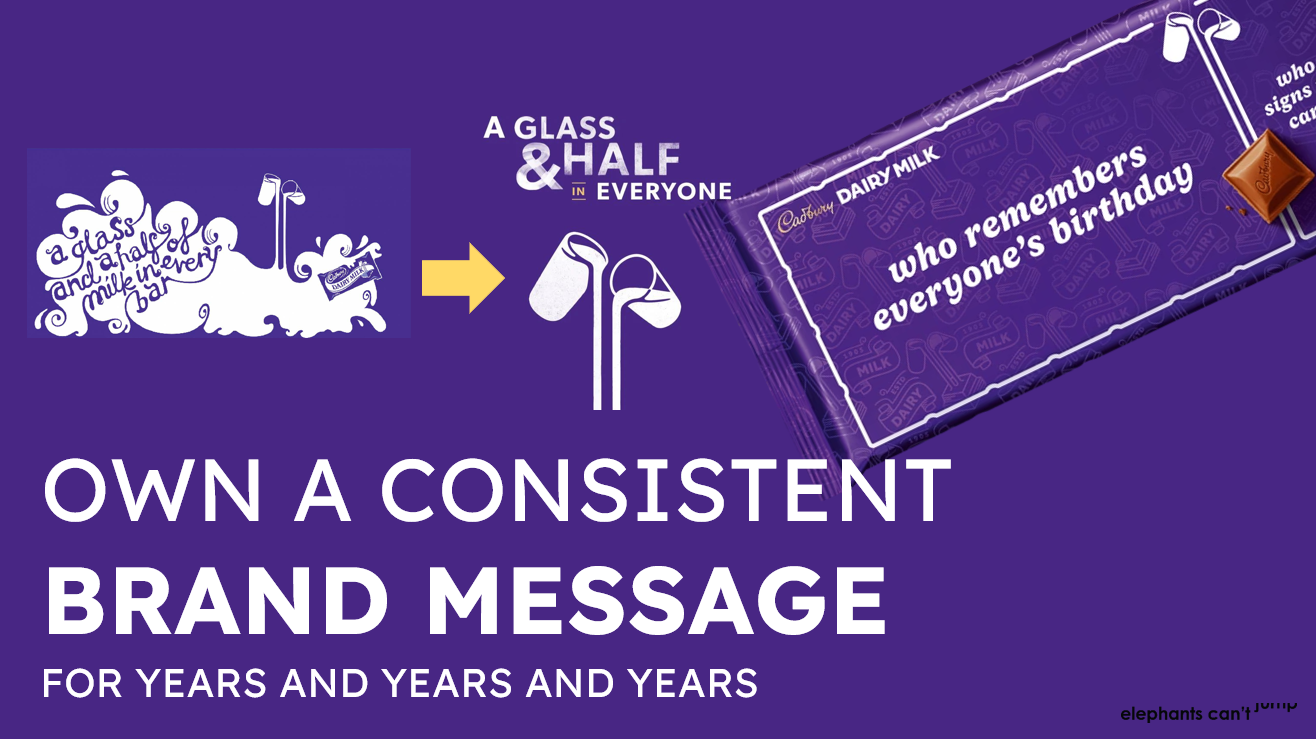
Cadbury is a brilliant example. They’ve evolved the iconic “glass and a half” message from a simple product claim into something far more emotional: “there’s a glass and a half in everyone.” It connects with generosity and wellbeing, while retaining its instantly recognisable purple identity. A single consistent message, layered with meaning, builds lasting resonance.
Tip Two: Stand for Something You Really Believe In
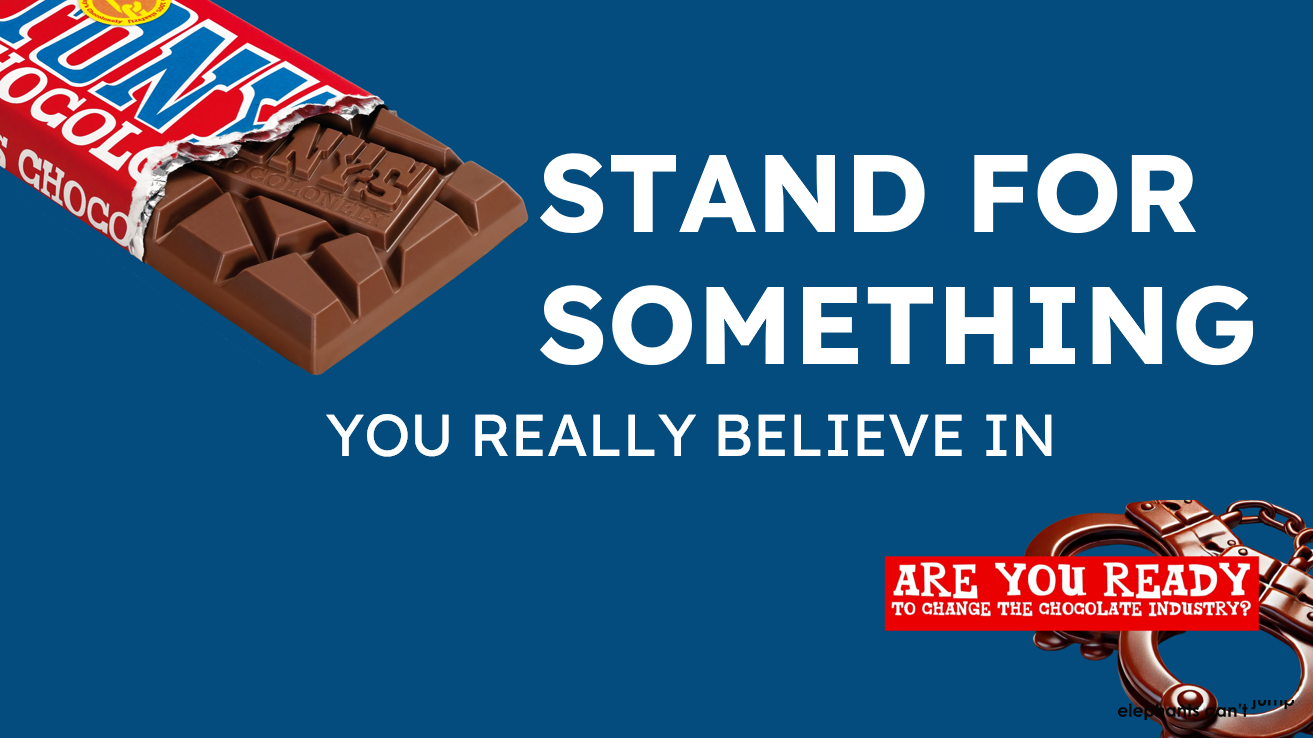
Great branding is rooted in strong values. Tony’s Chocolonely tackled a heavy issue, slavery in chocolate production, and did so in a bold, distinctive way. From the uneven chocolate bar design to circus-style graphics, every element of the brand reflects their mission. That clarity of purpose drives innovation, product decisions and communications.
Tip Three: Demonstrate Authenticity
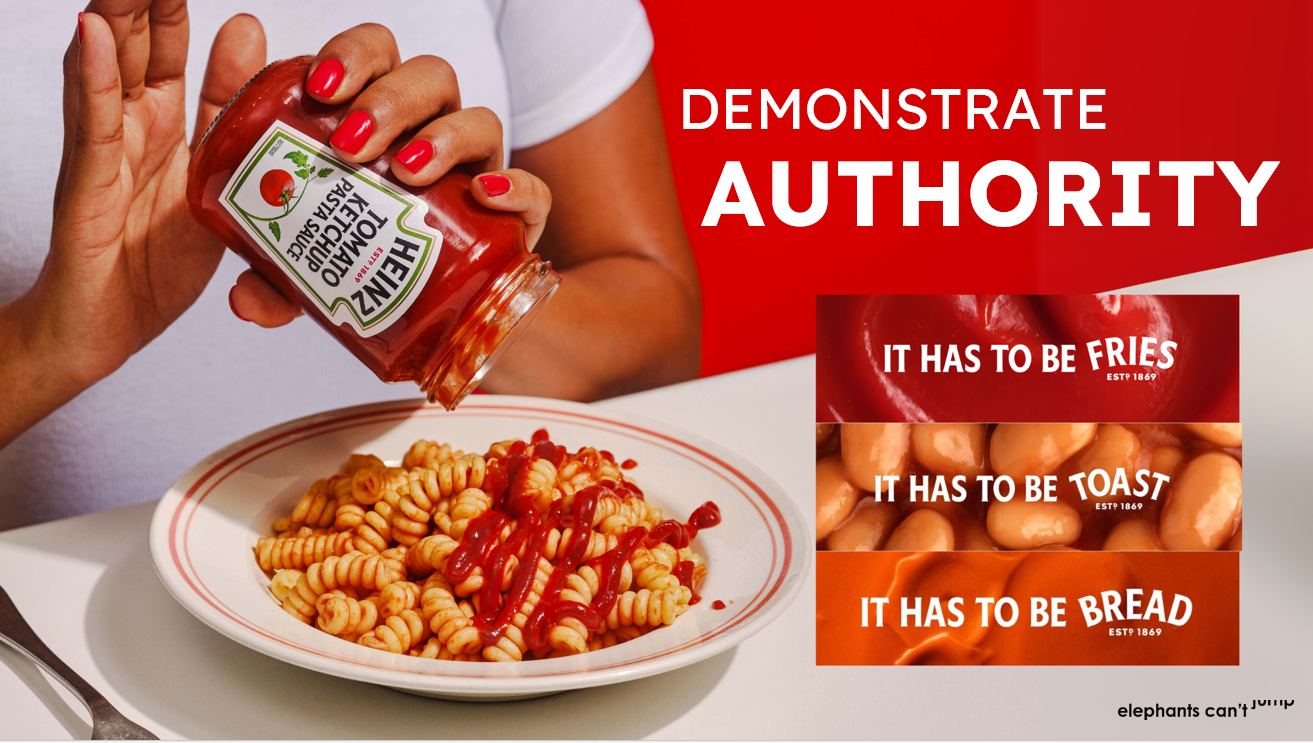
Heinz keeps its edge by being authoritative and true to itself. Even when it removes its name from ads, the keystone logo shape says it all. Campaigns like “It has to be toast” or “It has to be fries” build on its iconic status, and even the slow pour of ketchup is reframed as a sign of richness and quality. A masterclass in authenticity and confidence.
Tip Four: When You’re a Niche Product, Stay in the Mainstream
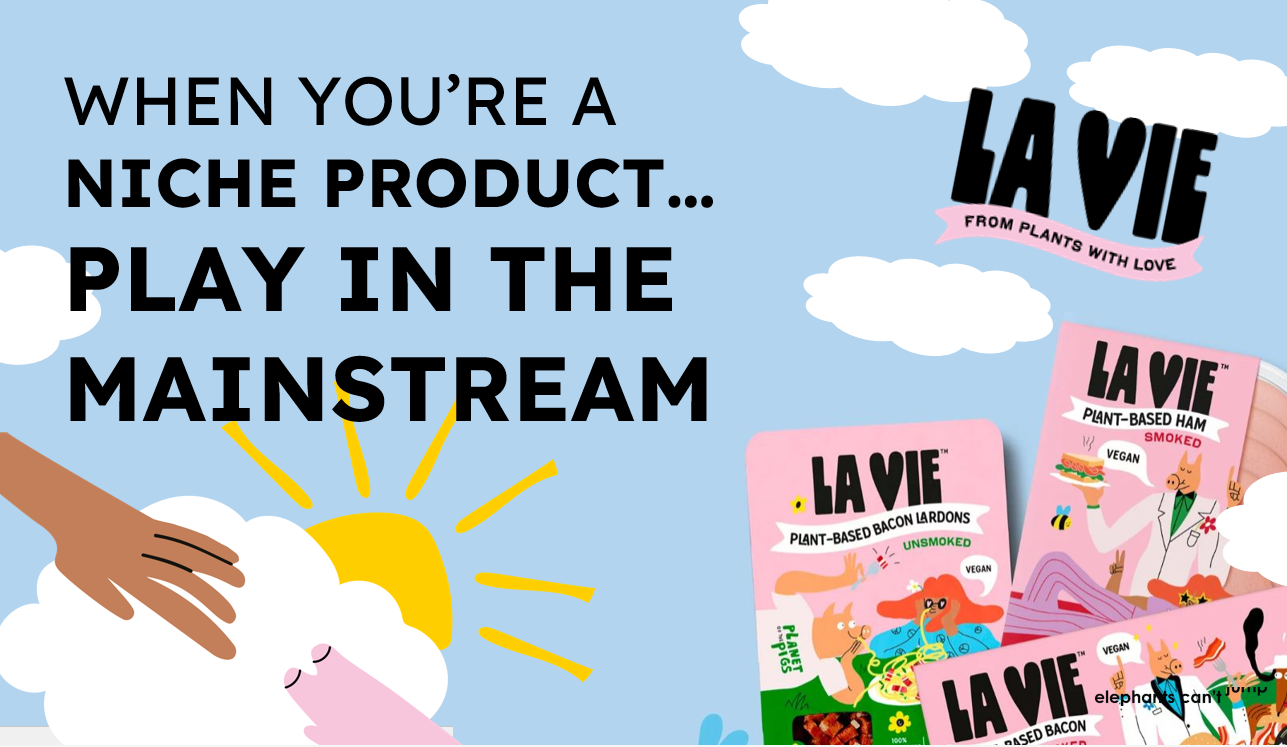
La Vie operates in the plant-based niche, but everything about the brand is designed to appeal to the mainstream. With indulgent, vibrant graphics and sunflower oil that mimics the flavour of bacon fat, it broadens its appeal far beyond just vegans. With 4-5% of the UK public on vegan diets, smart branding opens up the other 95% of the market.
Tip Five: Celebrate Your (Exceptional) Roots
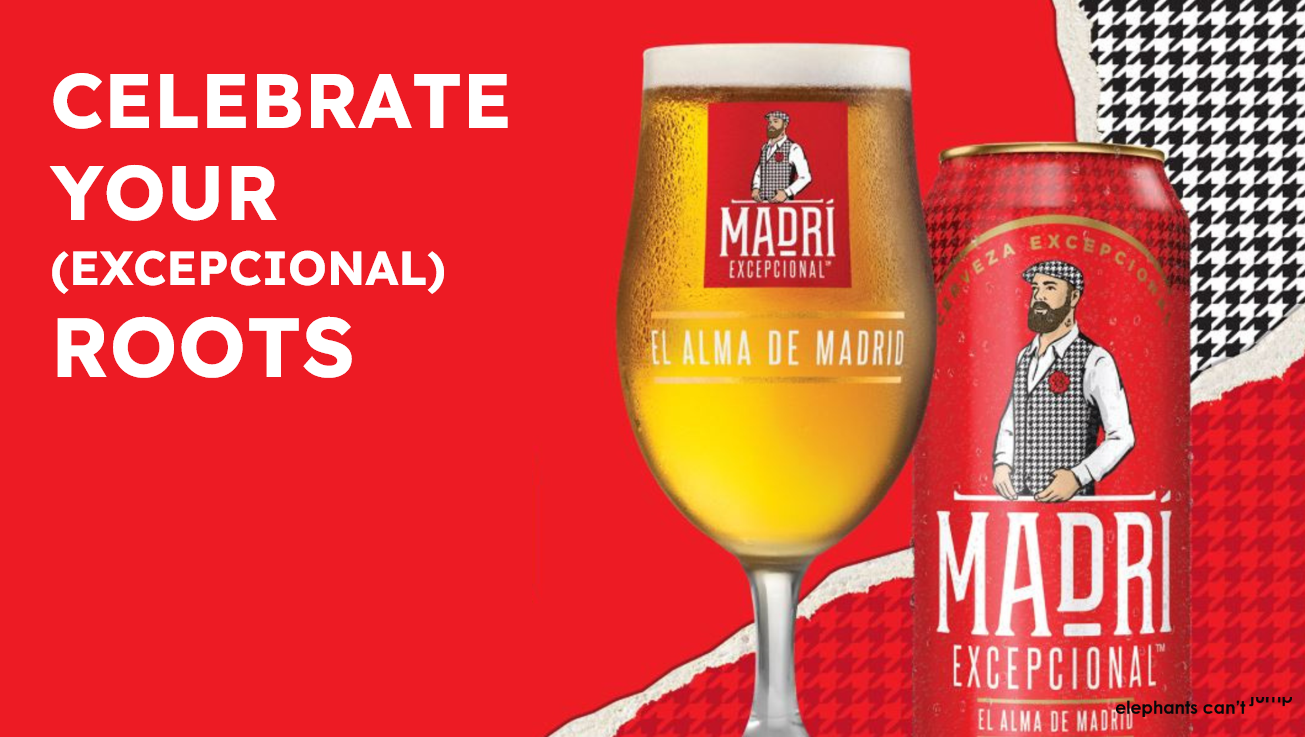
Whether it’s Madri embracing its origins near Madrid or Isle of Wight Tomatoes using their location as a sun-soaked selling point, brands that lean into their roots create strong emotional connections. It's not just heritage for the sake of it, it’s about what makes you truly different, and letting that shine through innovation and comms.
Tip Six: Behave Like a Newcomer (Even When You’re Not)
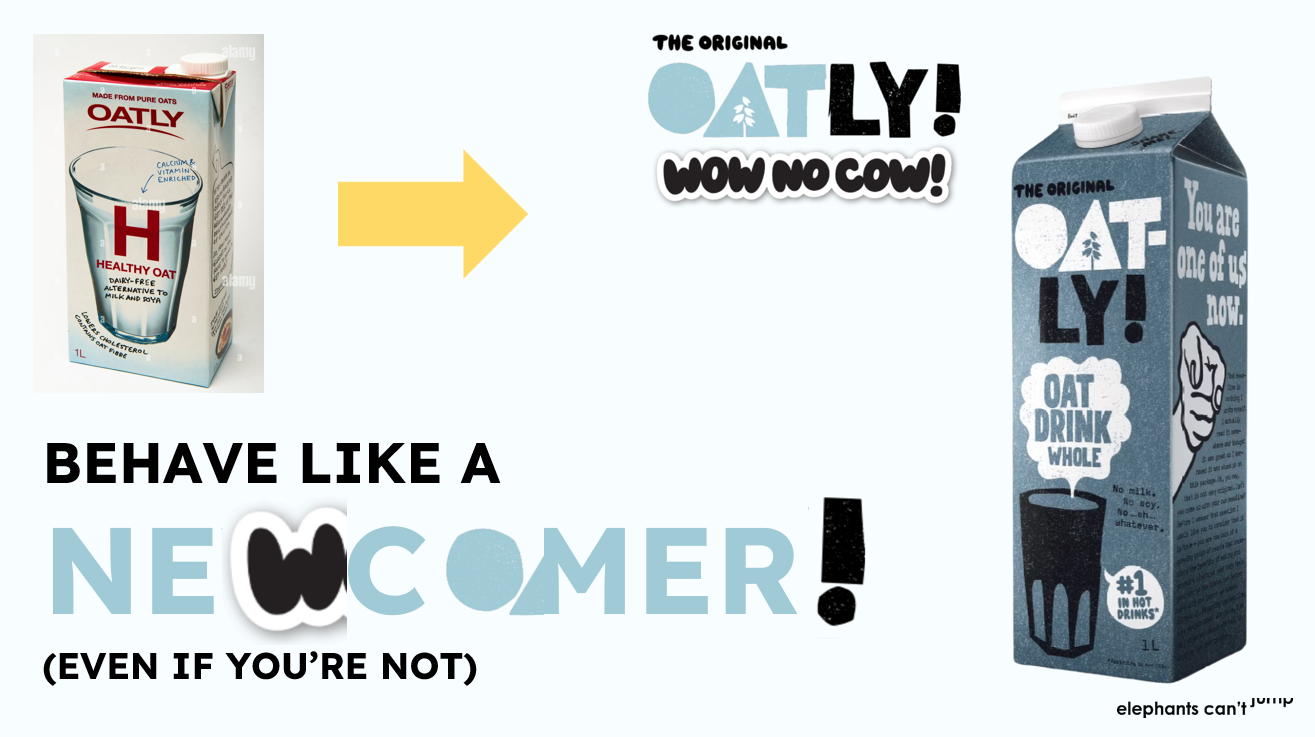
Oatly has the energy of a startup, but it’s actually been around since the 1990s. By relaunching with a challenger brand attitude, bold visuals, offbeat humour, and a clear mission, it reached a wider audience beyond its original niche. Acting like a newcomer keeps a brand feeling fresh and culturally relevant.
Tip Seven: Talk Science, Talk Dirty, Talk Gut

Brands that embrace taboo or unusual language can carve out a unique voice. Bio & Me was ahead of the curve in talking about gut health, long before it became trendy. Tackling topics like menopause or bacteria might seem risky, but for the right audience, it builds trust and distinctiveness. Find your weird, and own it.
Tip Eight: Resist Unnecessary Modernisation
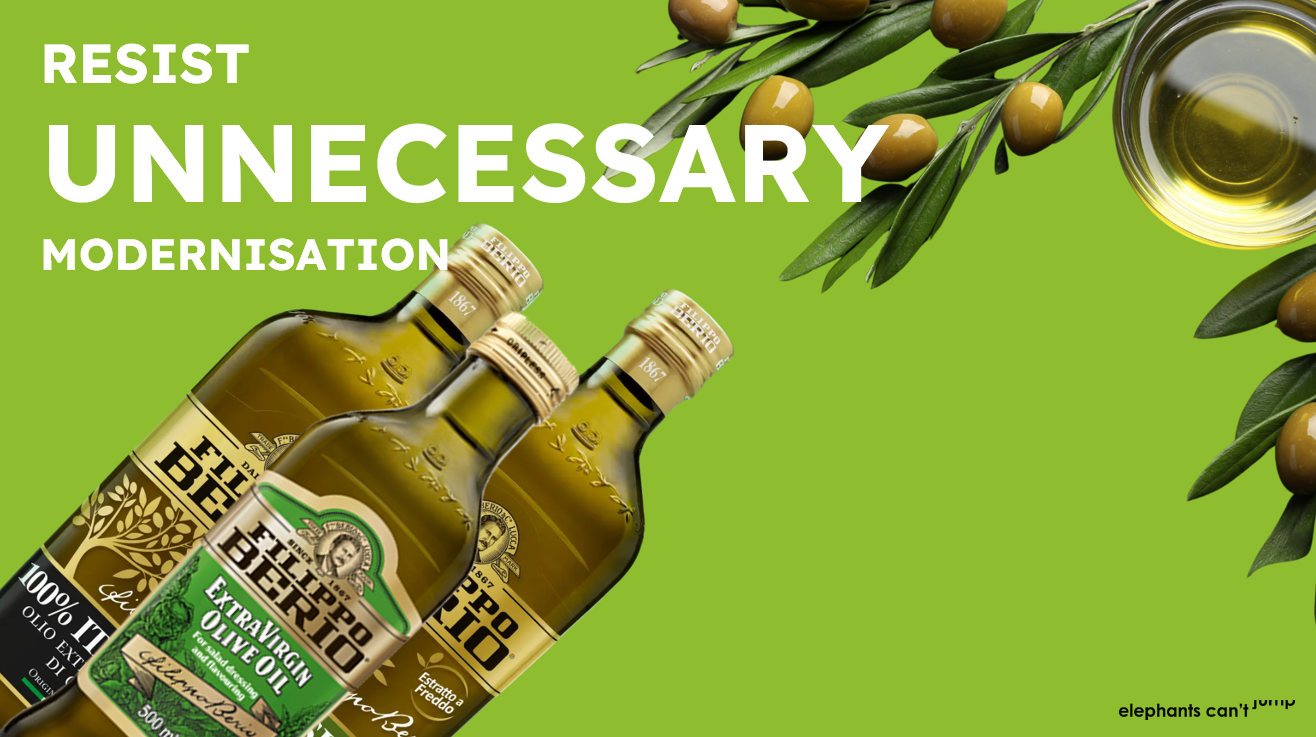
Filippo Berio has kept its classic logo for over a century, and that’s its strength. While many brands are tempted to constantly tweak their image, heritage brands can actually build more credibility by staying the same. When the story behind your identity is genuine and powerful, modernising for modernising’s sake is unnecessary.
Tip Nine: Own It!
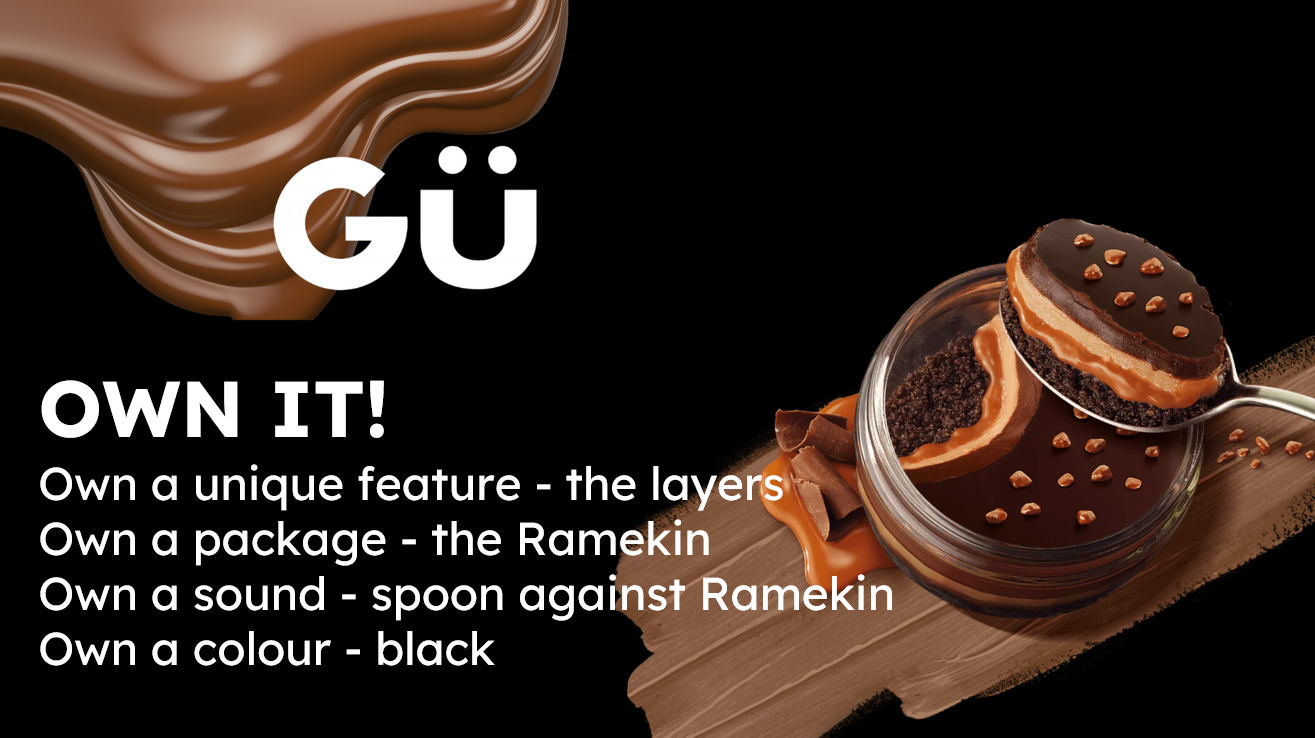
Gü desserts have a distinctive ramekin, and they’ve built their brand around it. The clink of a spoon on the glass, the premium black packaging, the restaurant-quality experience, all these sensory cues are central to their identity. Identify your brand’s unique elements and lean into them with confidence.
Tip Ten: Become Accessible to All Through a Mascot
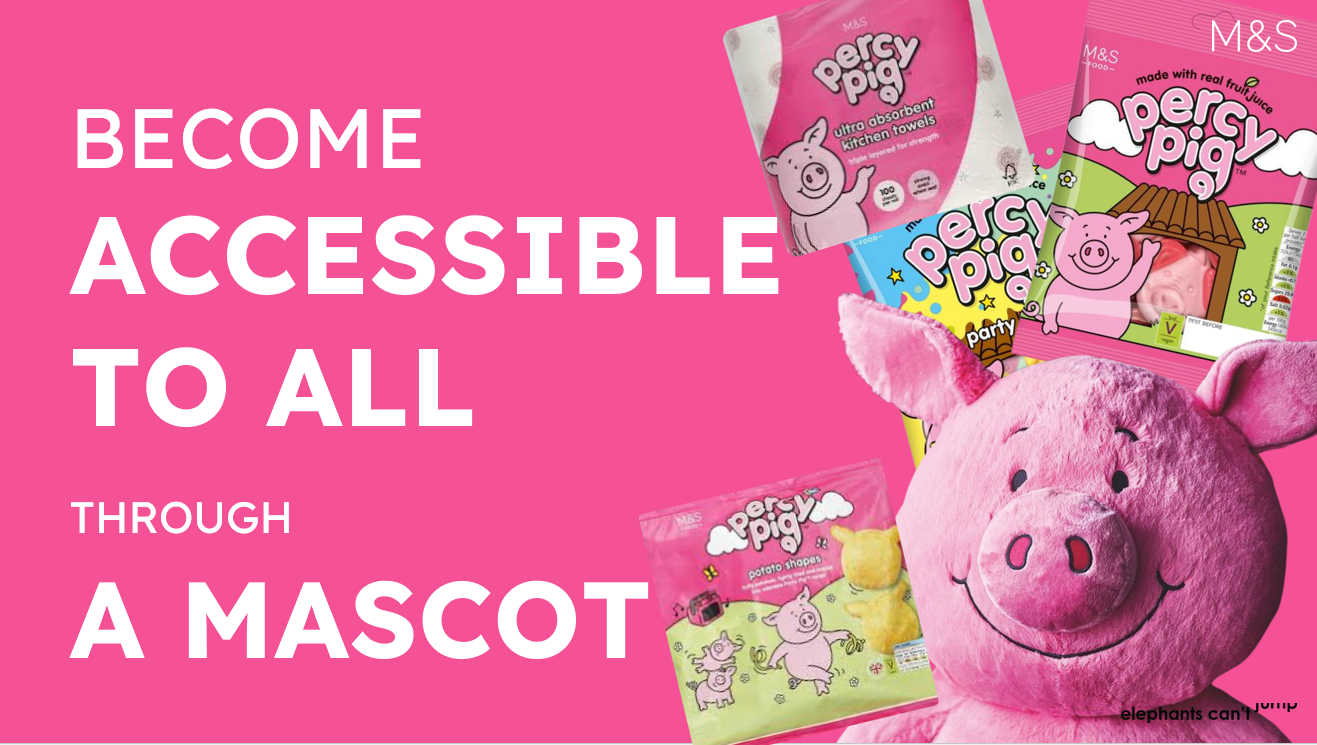
Mascots can create emotional connection and multigenerational appeal. M&S have done this brilliantly with Percy Pig and Colin the Caterpillar, making their brand a household name for both kids and adults. Mascots open doors to new audiences and bring warmth, fun and accessibility to the brand experience.
These branding tips show how powerful it can be to anchor innovation in emotional insight, consistency, and creativity. In a world where most product innovations fail within their first year, branding can be the difference between fading out and standing tall.
As shared in the session: “Products come and go, but what really endures is the brand.”
)
)
)
)
)
)
)
)
)
)
)
)
)
)
)
)
)
)
)
)
)
)
)
)